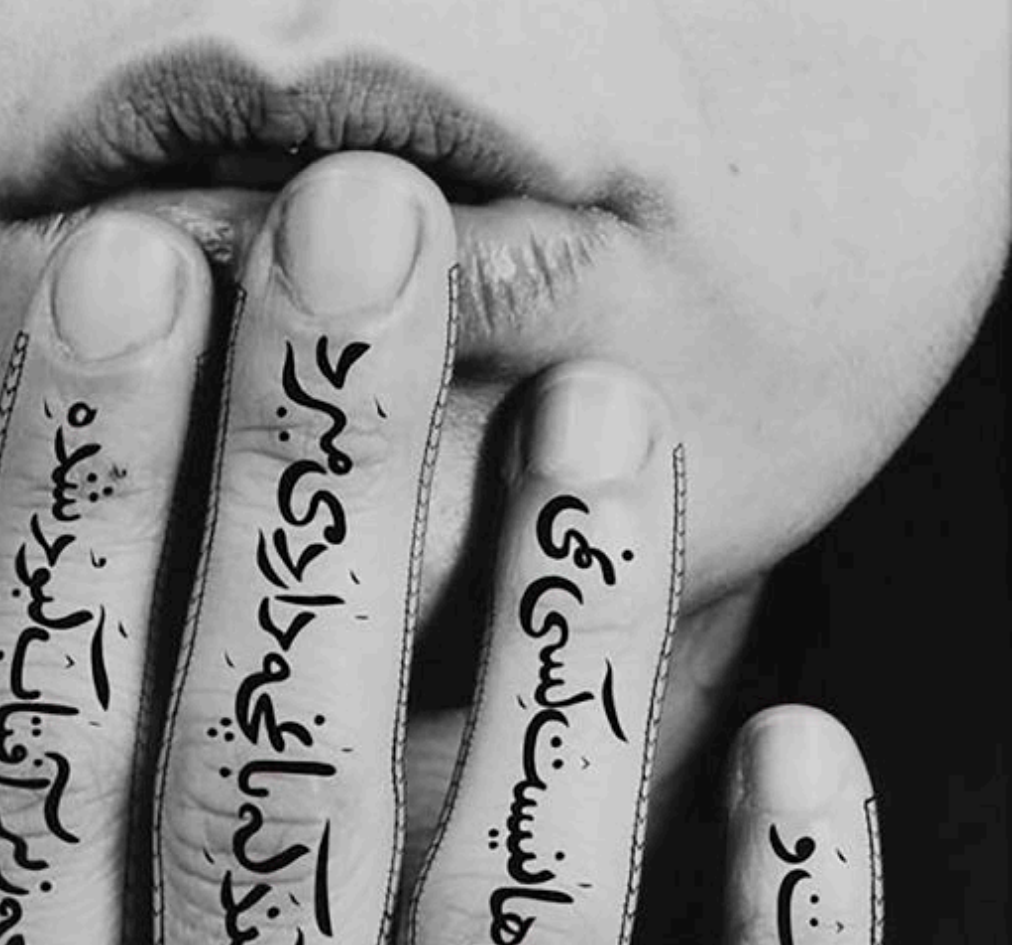The roles of words and body image in social controversy through contemporary art: A case study of two female artists
DOI:
https://doi.org/10.69598/sbjfa246396Keywords:
Words and Images / Woman Artist / Personal Memory / History and Cultural ContextAbstract
This article aims to exam questions about the social aspects of words and body image as portrayed by 2 female contemporary artists: Shirin Neshat, an Iran artist, and Ann Hamilton, an American artist. Two research methods are used. First, the study of the relationship between words and pictures according to the concepts of Roland Barthes’ “The Rhetoric of Image” article and Scott McCloud’s concept of the relation between words and image in comics. Second, there is an examination of the socio-cultural context or personal aspects of alphabet utilization to convey the message together with visual art in the artworks. Results in the case of Shirin Neshat’s artworks involve using Farsi, an official language of Iran. This language creates a language boundary for the non-Persian audience at the international level. This results in the audience having questions about her artworks rather than being clarified. Farsi has a characteristic of calligraphy which looks like a decorative pattern. It appears on the faces and soles of women, strongly emphasizing gender issues. In the opposite way, the gun barrel refers to males and violence that Neshat resists in her works. The poetic wording functions to conduct the image meaning to be still; the relation between words and images in this case has two functions, word specific combinations and additive combinations. Though the audience cannot understand any word, the meaning still exists. In the works of Ann Hamilton, the process used is the process of reading and erasing the letters by the audience. Issues of history, the weaving of mutual memories in each society, the process of textbook reading and the erasing action by the electric burner make word meaning fluid and not fixed. This type of relation is scarcely seen in art history making this art piece powerfully communicate with the audience.
Downloads

Downloads
Published
How to Cite
Issue
Section
License
The journal's editorial team does not have to agree with the views and comments in the author's article, nor are they responsible for the comments.











